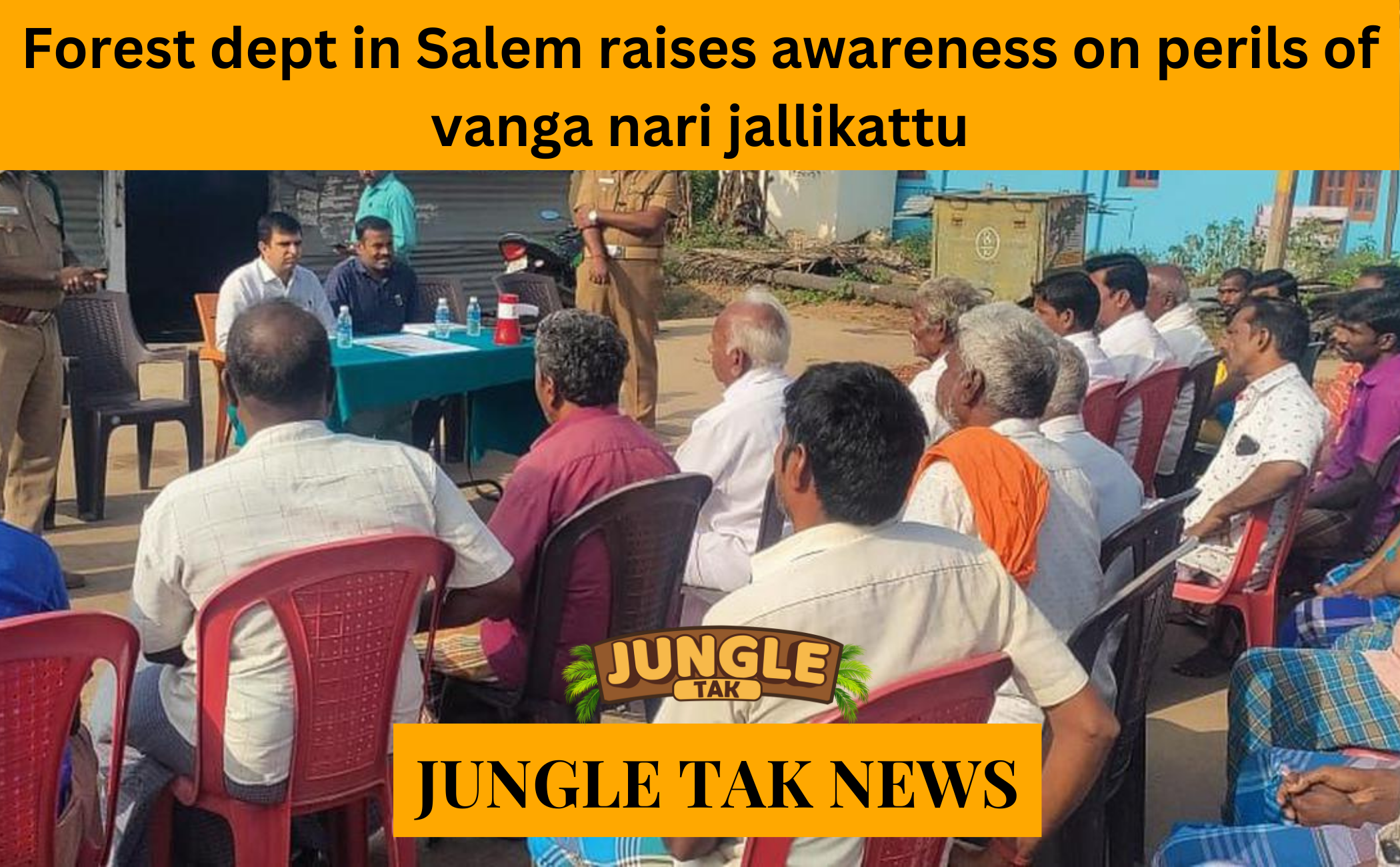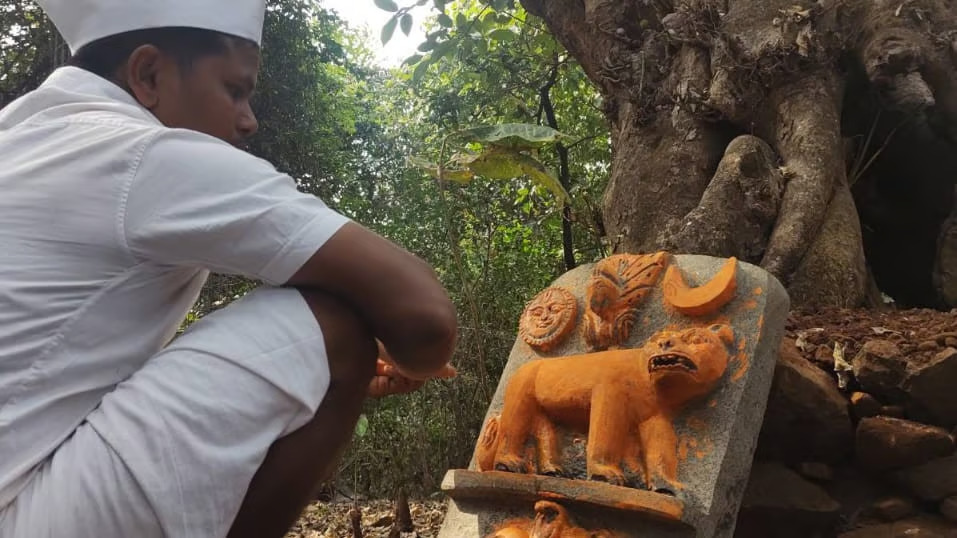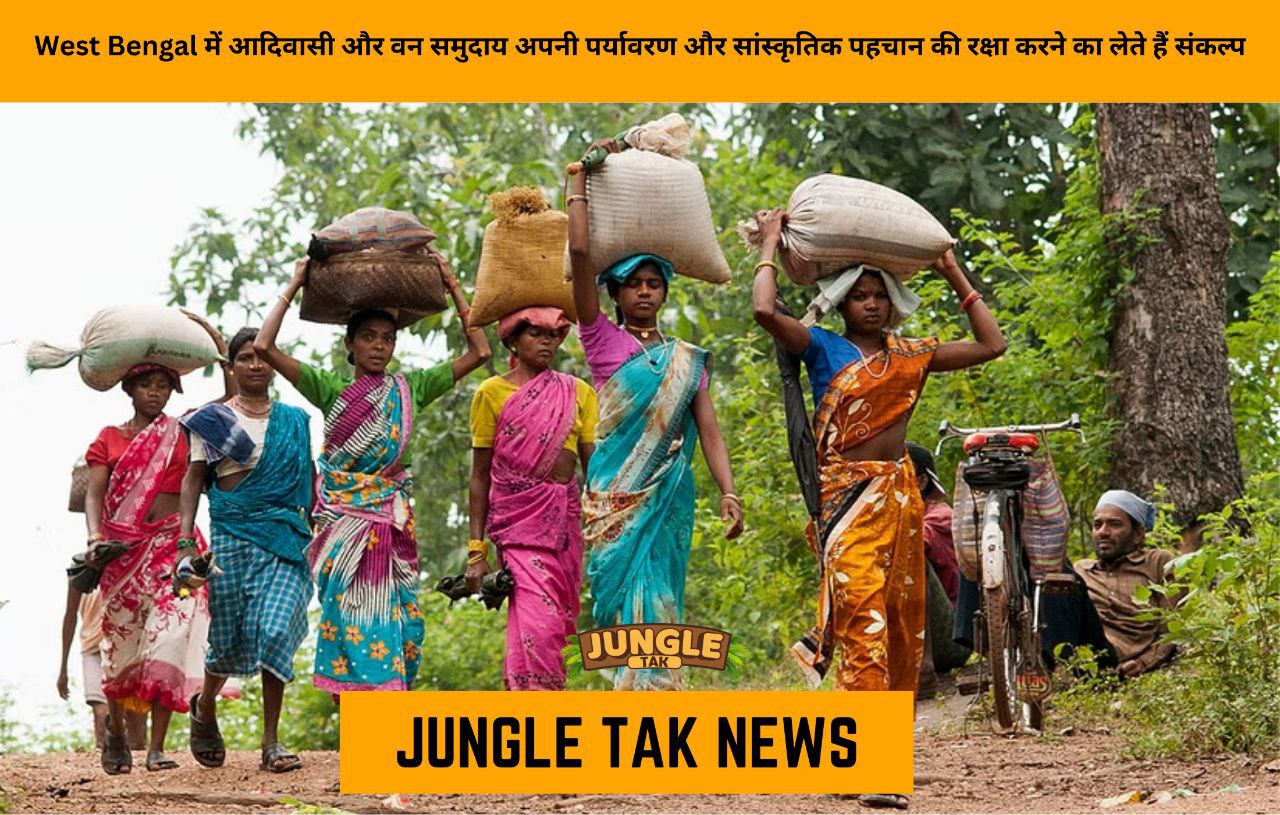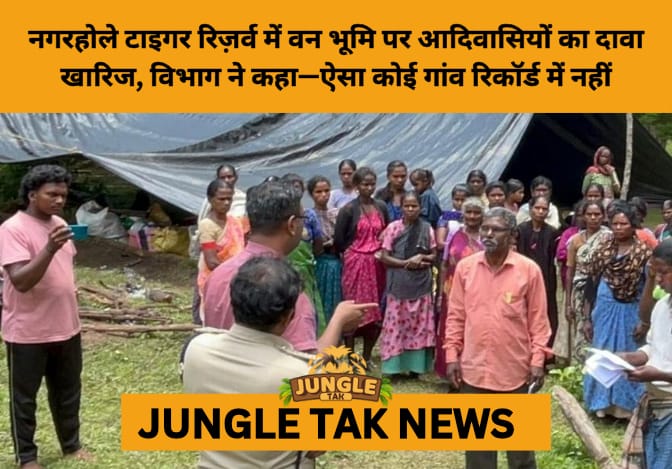Niyamgiri: The first environmental vote in India has been held for 10 years
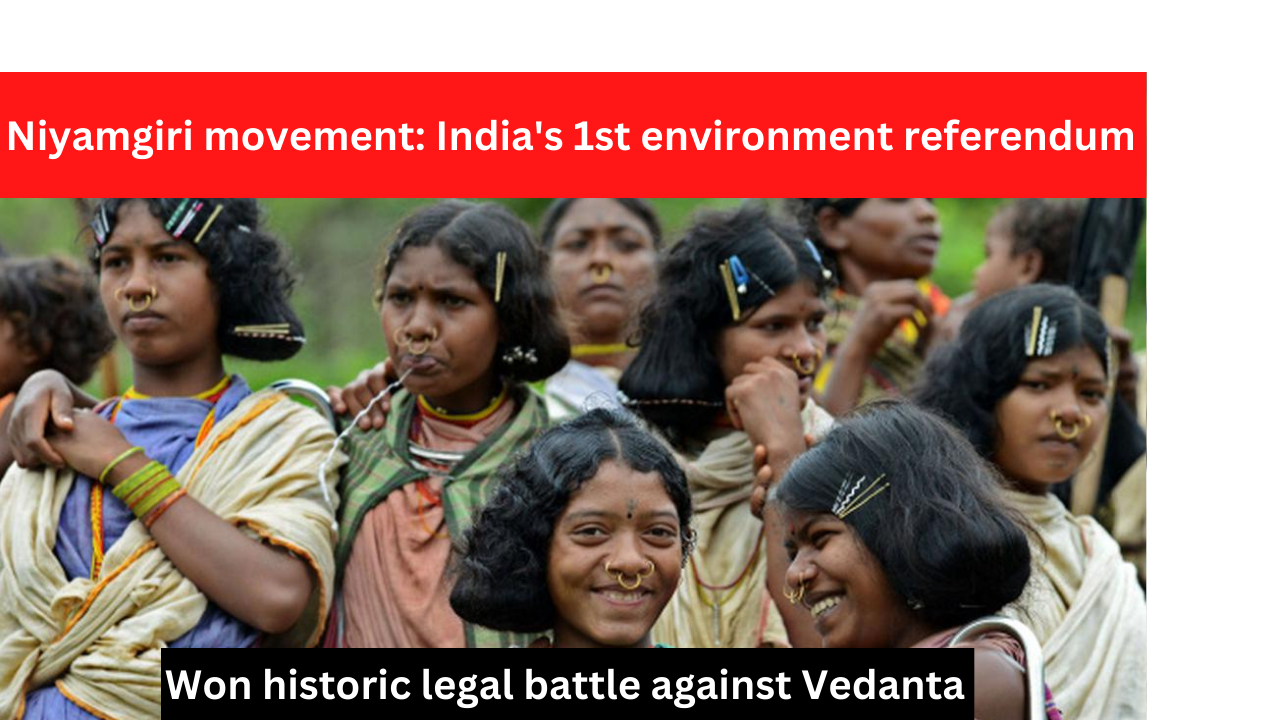

The Niyamgiri case is a perfect illustration of how to use free, prior informed consent, without which there will always be a power imbalance between the state and indigenous tribes.
The Dongoria Kondhs, a particularly vulnerable tribal group (PVTG) from Rayagada in Odisha, won an important legal case in India’s Supreme Court ten years ago, on April 18, 2013. The court accepted their cultural, religious, and spiritual rights on the Niyamgiri Hill in the Orissa Mining Corporation Ltd vs. Ministry Of Environment & Forest dispute, over Vedanta Company’s claim to use the hills for bauxite.
Importantly, by reading Section 4(d) of the Panchayat Extension to Scheduled Areas (PESA) Act, 1996, which directs the Gramme Sabha to protect and preserve the traditions and customs of the Schedule Tribes and other forest dwellers, as well as Section 6 of the Scheduled Tribes and Other Traditional Forest Dwellers (Recognition of Forest Rights) Act, 2006, the Gramme Sabha was given the authority to investigate potential violations of their rights caused by the proposed project.
The community unanimously rejected the project, thus the Supreme Court mandated a referendum among the affected Gramme Sabhas to get their approval.
As opposed to the previous standard of consultation or merely participating in decision-making, the norm of gaining free, prior, and informed consent (FPIC) from indigenous groups before launching a project on their lands is a significant change. Free implies that no threats, coercion, or other forms of manipulation should be used to get permission; prior means that consent must come before any project-related action; and informed means that the community must be given full access to all relevant information in order to make an informed decision.
The Food and Agriculture Organization’s manual for project practitioners of FPIC uses the Niyamgiri instance as an example of how FPIC should be used.
It’s interesting that the judgement makes no reference to the FPIC norm or other international human rights. This is likely because India has not ratified the Indigenous and Tribal Peoples Convention, 1989 (also known as ILO Convention 169) and the United Nations Declaration on the Rights of Indigenous Peoples (UNDRIP), which define the FPIC as a non-binding instrument.
Also read: https://jungletak.in/contribution-of-sts-community-can-raise-forest-cover/
The Right to Fair Compensation and Transparency in Land Acquisition, Rehabilitation, and Resettlement Act, 2013, which requires the prior approval of the concerned village assemblies for acquisitions in scheduled areas, including in cases of urgency, contains additional references to the FPIC norm in Section 41.
It is challenging to estimate the state’s actual FPIC usage, which is frequently characterized by poor operationalization, consent manipulation, and discussion that is not fit for the culture.
As a result, the courts have been instrumental in creating FPIC jurisprudence and guaranteeing its successful application. Even so, there have only been a few court rulings on FPIC since the 1997 Canadian case Delgamuukw v. The Queen.
The theory is primarily used by the liberal Inter-American Court, and in the past ten years, decisions from South America and Africa have also come to light. Niyamgiri is still the only legal case from India or even Asia ten years later.
The case should be reviewed in light of the current situation to determine: What impact did the subsequent registration of claims have on the indigenous community? And how can we make room in India for more FPIC practices?
The Niyamgiri referendum and its effects-
The residents of the chosen 12 villages swore oaths before the magistrate, describing the importance of the hilltop residence of the Niyam Raja, or “King of Law,” and how it relates to their sense of self, culture, and interests.
The depositions discussed the forest and the hills’ spiritual, ecological, therapeutic, and sustenance worth while being acutely aware of the project’s implication for their own displacement and dispossession as well as the wider ecology.
A rare registration of their claim to sovereignty, self-determination, and territorial autonomy was also significant.
The Khonds are a fiercely independent people who upheld their internal independence from the local kings and frequently used guerilla warfare to resist colonial authority’ interference. This stands in stark contrast to how the other claimants have portrayed them as being unsophisticated, poor, and backward.
As a result, the FPIC method of conflict settlement, which is comparable to treaty-making powers, was essential in redressing the power imbalance.
The case aided in the global discussion on whether FPIC rights should include the absolute veto power over a project proposal. In situations where a particularly vulnerable community chooses voluntarily isolation or limited contact, one must respect their desire, as demonstrated by the Niyamgiri case, veto powers can be granted to prevent abuses.
A veto ban would be another example of the dominating state attempting to grab power. Due to the complexity of indigenous peoples’ relationships with others, the results of FPIC may vary depending on the degree of proximity to the outside world and the potential for endogenous developments.
Furthermore, when communities participate meaningfully as stakeholders in the decision-making process, the likelihood of a veto is significantly reduced. As a result, it should be the state’s responsibility to achieve inclusivity in order to avoid a veto. To do this, the government will need to reevaluate laws that fully remove local populations from governance, such as the Mines and Minerals Development Act of 1957.
making room for FPIC-
The Niymagiri case came about as a result of unprecedented efforts made to mobilise the legal system against a global enterprise, where the leading local movement got support from the government and other local, national, and worldwide organisations.
Although it is challenging to duplicate, the combined efforts prompted the Union Ministry of Forest, Environment, and Climate Change (MoEFCC), which had initially approved the project, to rethink its decision. The ministry then made sure that the following controls were followed: First, in order to address the concerns of the indigenous people, the forest advisory committee of the MoEFCC met jointly with representatives of the Union Ministry of Tribal Affairs (MoTA).
Second, the state of Odisha was asked for effective compliance with the Forest Conservation Rules, 2003, which required FPIC before environmental licences are granted.
Thirdly, impartial fact-finding committees were sent to ascertain the actual situation, and based on the findings of the report on state infractions, the approval was eventually denied. The outcome of these actions taken by MoEFCC was heavily relied upon by the Court.
Sadly, none of the procedures are in place at the moment despite FPIC being legal. Instead, the new FCR 2022 controversially minimises the necessity of FPIC before permissions are issued by the MoEFCC. Without a system for independent verification, the ministry relies too heavily on the state governments’ inputs.
Strangely, unlike many other nations, India does not seek MoTA permission for projects that have an impact on indigenous populations. This restricts the possibility of the impacted communities being represented independently. Additionally, there is no system in place for the state’s FPIC process to be monitored and recorded. To create efficient FPIC practises in India, these procedural flaws must be fixed.
The power imbalance between the state and indigenous communities will persist in the absence of effective FPIC. For instance, the Shompen tribe, a different PVTG that is on Nicobar Island and numbers 200–300 people, is currently in a vulnerable position.
The government has planned a Rs 72,000 crore mega project for the ‘holistic development’ of the Shompens’ Great Nicobar Island, while the Shompens have little touch with the outside world.
The government amended the reserve area through notification and declared the project site unoccupied without requesting FPIC from the Shompen and Nicobarese populations, opting instead to change it without their consent.
The Jarawa tribe on the adjoining Andaman Island is now in danger of extinction as a result of intrusion into their territory, therefore the government should be cautious of such unilateral initiatives that can result in unrelenting exploitation.
It would be wise to follow the court’s instructions in OMC v. MoEF, which said that the government “must apply the precautionary principle to prevent irreparable harm to the affected people,” and to restart the FPIC conversation process.





















